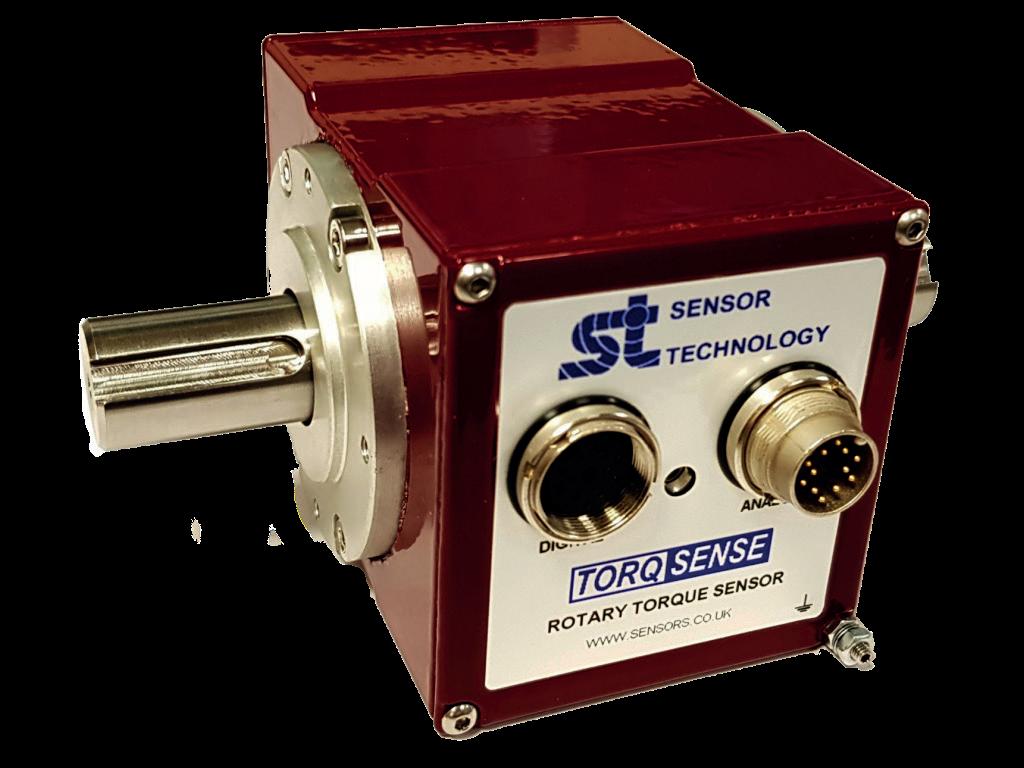
1 minute read
CONTROL SOLUTIONS
including both those already installed on the machine and those fitted ad hoc to help monitor critical processes. This included the force sensor located on the caulking head, which was required specifically to measure the force exerted on the coupling.
Having the load cell connected to the A.I. controller allows OMRON A.E.I. to detect the different profiles of the forces at play in real time, as well as determine the level and value of the force capable of ensuring a quality rate of 100%. One of the biggest advantages of the A.I. controller is that it can synchronize with the machine and intercept data with millisecond precision. This means that the A.I. controller can detect irregularities very accurately as well as give immediate feedback. The result is an incredibly detailed view of the process:

“We know exactly what’s going on inside the machine,” explained the engineers at OMRON A.E.I. “Just as a doctor examines a patient, the controller allows us to detect the force profiles at play and to identify the actions to take in order to resolve a problem.”
Controlled quality equals reduced costs
By using the very best Industry 4.0 and A.I. technologies from the i-BELT Data Services team based on process monitoring, analysis, verification and validation, OMRON A.E.I. achieved every one of its goals during the assessment phase. Above all, OMRON A.E.I. attained a quality rate of 100% on assembled parts, which is a must in the automotive industry. This also enabled the Frosinone site to eliminate all costs associated with additional batch checks and wastage, with a return on investment achieved in less than 12 months.
Furthermore, in terms of big data, A.E.I. is now able to store all of the measurements within a database and reprocess them at any time. Going forward, managers at the company said the plan is for the same method to be extended to other products based on similar processes.
Finally, it’s also worth highlighting the sustainable benefits that come with the upgrade, including reduced energy consumption (electricity, water, gas), shorter working times and use of scrap parts and noble metals (copper, silver, brass).
According to managers at OMRON A.E.I., these results are fully in line with OMRON’s green vision and serve as an example for all companies seeking to improve their own manufacturing processes by focusing on data analysis rather than more costly investments in new hardware infrastructure.
www.industrial.omron.co.uk










